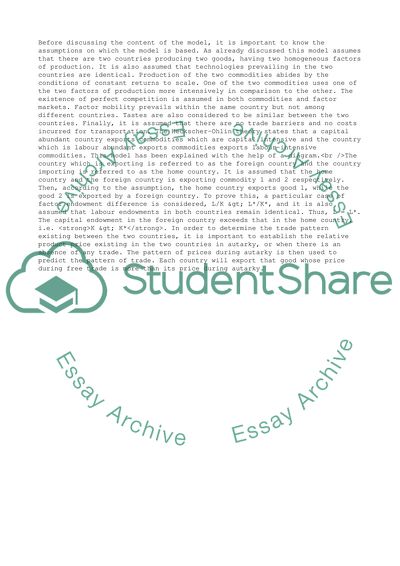Cite this document
(Heckscher-Ohlin Model Report Example | Topics and Well Written Essays - 1500 words - 3, n.d.)
Heckscher-Ohlin Model Report Example | Topics and Well Written Essays - 1500 words - 3. https://studentshare.org/business/1569318-international-trade
Heckscher-Ohlin Model Report Example | Topics and Well Written Essays - 1500 words - 3. https://studentshare.org/business/1569318-international-trade
(Heckscher-Ohlin Model Report Example | Topics and Well Written Essays - 1500 Words - 3)
Heckscher-Ohlin Model Report Example | Topics and Well Written Essays - 1500 Words - 3. https://studentshare.org/business/1569318-international-trade.
Heckscher-Ohlin Model Report Example | Topics and Well Written Essays - 1500 Words - 3. https://studentshare.org/business/1569318-international-trade.
“Heckscher-Ohlin Model Report Example | Topics and Well Written Essays - 1500 Words - 3”. https://studentshare.org/business/1569318-international-trade.


